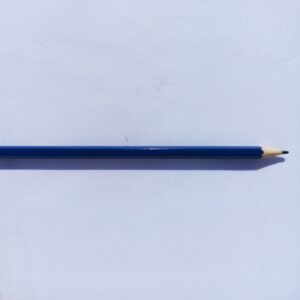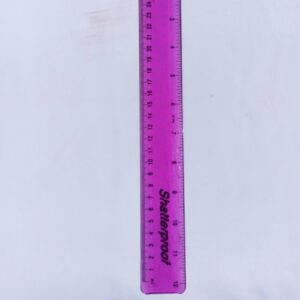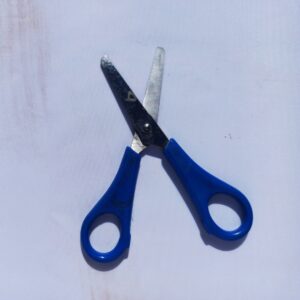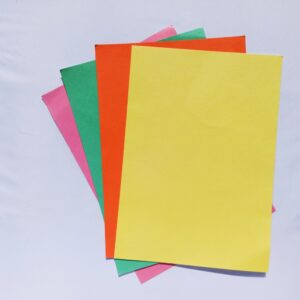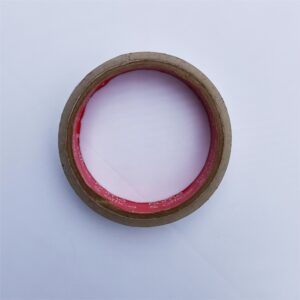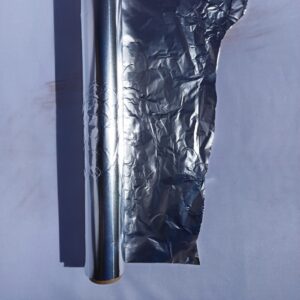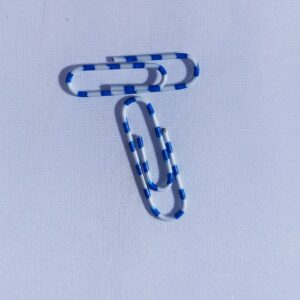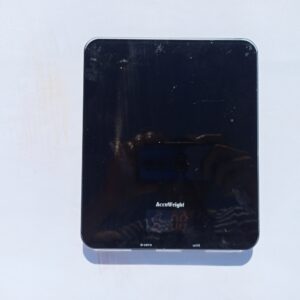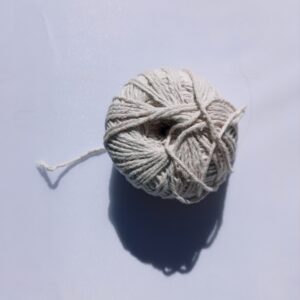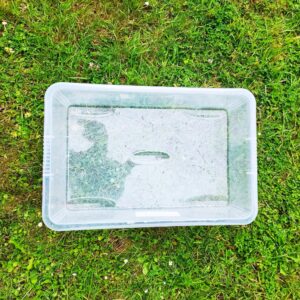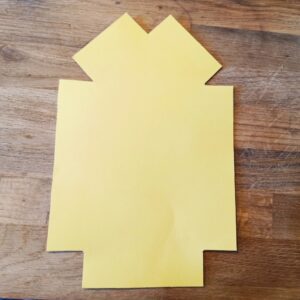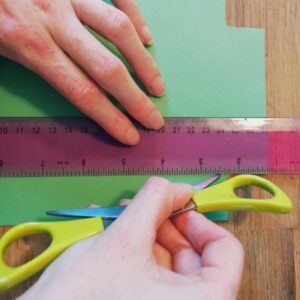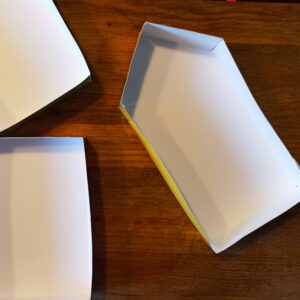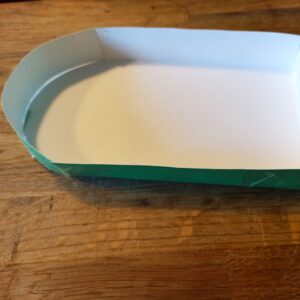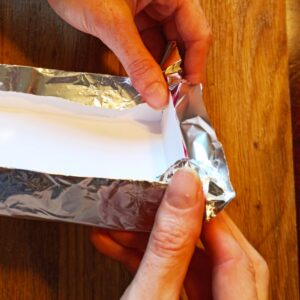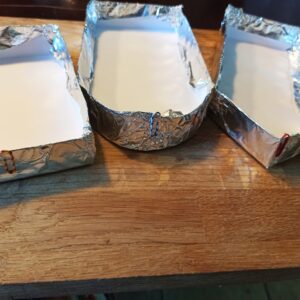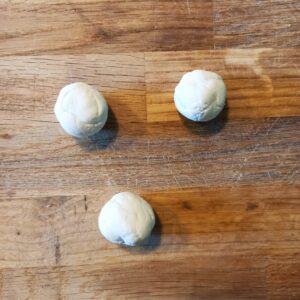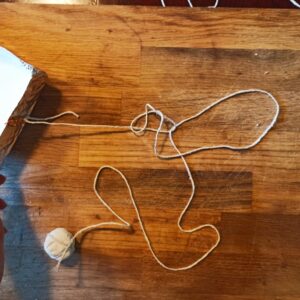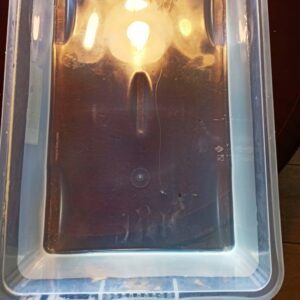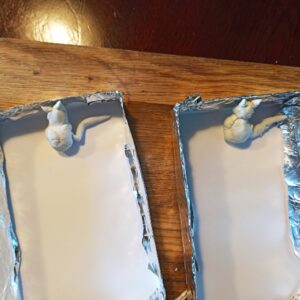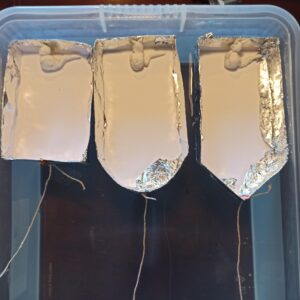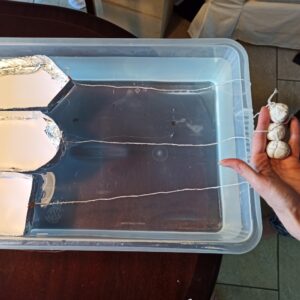Which boats move fastest?
Water slows down boats by pushing against it. This is water resistance, or drag. Ships and boats are usually streamlined in shape, to reduce the amount of water resistance.
You can investigate how the shape of the hull affects the water resistance, and therefore the speed, of a boat. Which shape is best?
Difficulty:
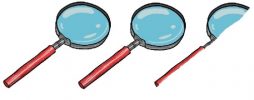
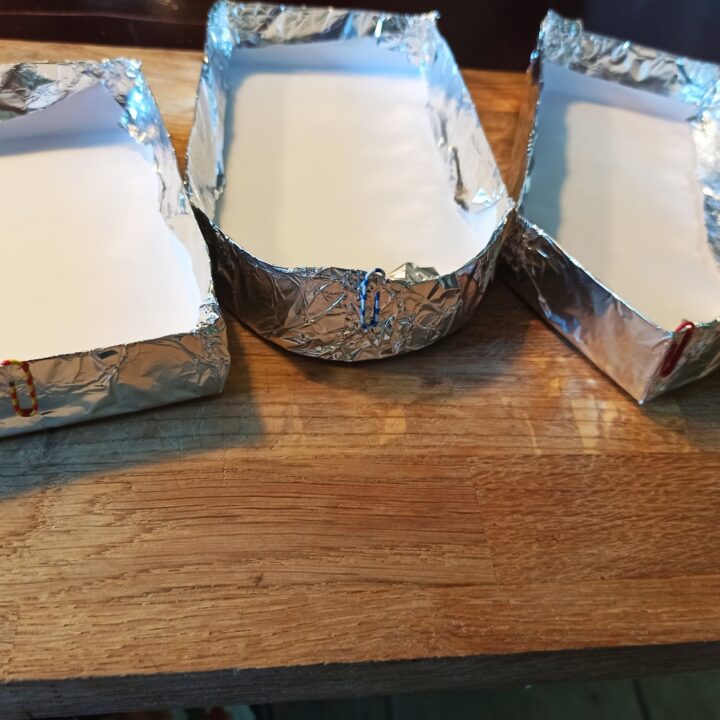
What you need:
Equipment:
- Pencil
- Ruler
- Scissors
- Strong card
- Sellotape
- Kitchen foil
- Paper clips
- Clay or plasticine (or 3 identical small weights)
- Weighing scales
- String
- Large plastic tub (can use a bath if you don’t have one)
Method:
- Print out these 3 templates (Template 1, Template 2, Template 3), cut them out and draw around them onto your card, using a ruler to guide you. If you don’t have a printer, draw them carefully using a pencil and ruler. The bottom should be about 10cm (4 inches) wide, and they should be about 15cm (6 inches) long. Each flap should be 3cm (1¼ inches) deep.
Hint: Make sure the edges are straight and the corners are square.
- Cut out your 3 boat shapes. You should also have an additional strip of card for the rounded end of boat number 3.
- Using scissors and a ruler, score along the lines inside the base of each shape (these are the dotted lines).
Hint: Do this over a surface that it doesn’t matter if it gets scratched by accident, for example a chopping board.
- Bend up the sides and sellotape to fix the corners together.
- To make the boat with the rounded end, stick the separate piece of card around the front of the boat. Make sure you secure this well with sellotape.
- Cover the outside of each shape with foil, neatly folding the foil over the sides. This makes your boats more waterproof.
- Fix a paper clip to the front (bow) of each boat.
- Roll out 3 balls of clay or plasticine, about 2.5cm (1 inch wide). Weigh the balls to make sure they are the same weight.
Hint: if they are not the same weight your experiment will not be accurate. - Attach a ball to the front of each bow by poking string inside (or tying it carefully around) the ball, and then threading the other side of the string through the paperclip on the boat and tying a knot around it. Your string should be about 10cm (4 inches) longer than your plastic tub.
Hint: If you are using the bath, instead of a plastic tub you will need longer string.
- Fill your plastic tub with water, until the water is about 5 cm (2 inches) from the top, and put it on a table. If you are using a bathtub, fill it as high as you can, without it reaching the overflow.
Tip: A plastic tub filled with water is very heavy to move, so unless you have some help it may be better to place it on the table first and fill it using a jug or watering can. - Weigh 3 more balls of clay to make sure they are the same weight and put them into the boats.
Tip: mould your clay into the shape of a person, or cat if you want! As long as they are the same weight it will work fine. - Line up your boats at one end of the plastic tub. Hang the strings and clay balls over the other end of the tub, but keep hold of them so the boats aren’t released. If using a bathtub hang the string widthways across the tub.
Hint: You may need 2 people to make sure the boats don’t move from the start. - Release the boats at the same. The weighted strings should pull the boats across the tub. Which one wins the race and reaches the other end of the tub first?
The science behind it all
Sleek, narrow hulls create less water resistance than wide hulls, so boats with this shape can move through the water faster. Boats are usually pointed to help them cut through the water and reduce water resistance. By reducing water resistance boats also need to use less energy, which is better for the environment.
Cargo ships, which are designed to carry lots of weight, have a more square-shaped hull as the speed is less important than stability and carrying the biggest amount of cargo.
Further suggestions
Why not try some other boat shapes to see how they work. What about a wiggly or zigzagged bow, how does that change the speed?
What do you think would happen if you added a bigger weight at the end?

